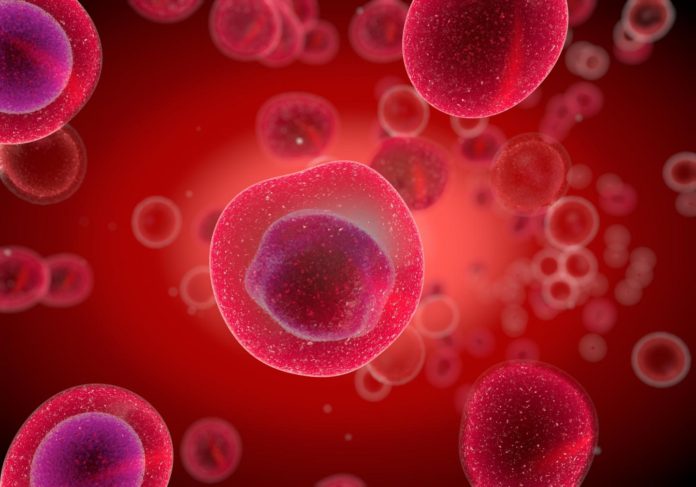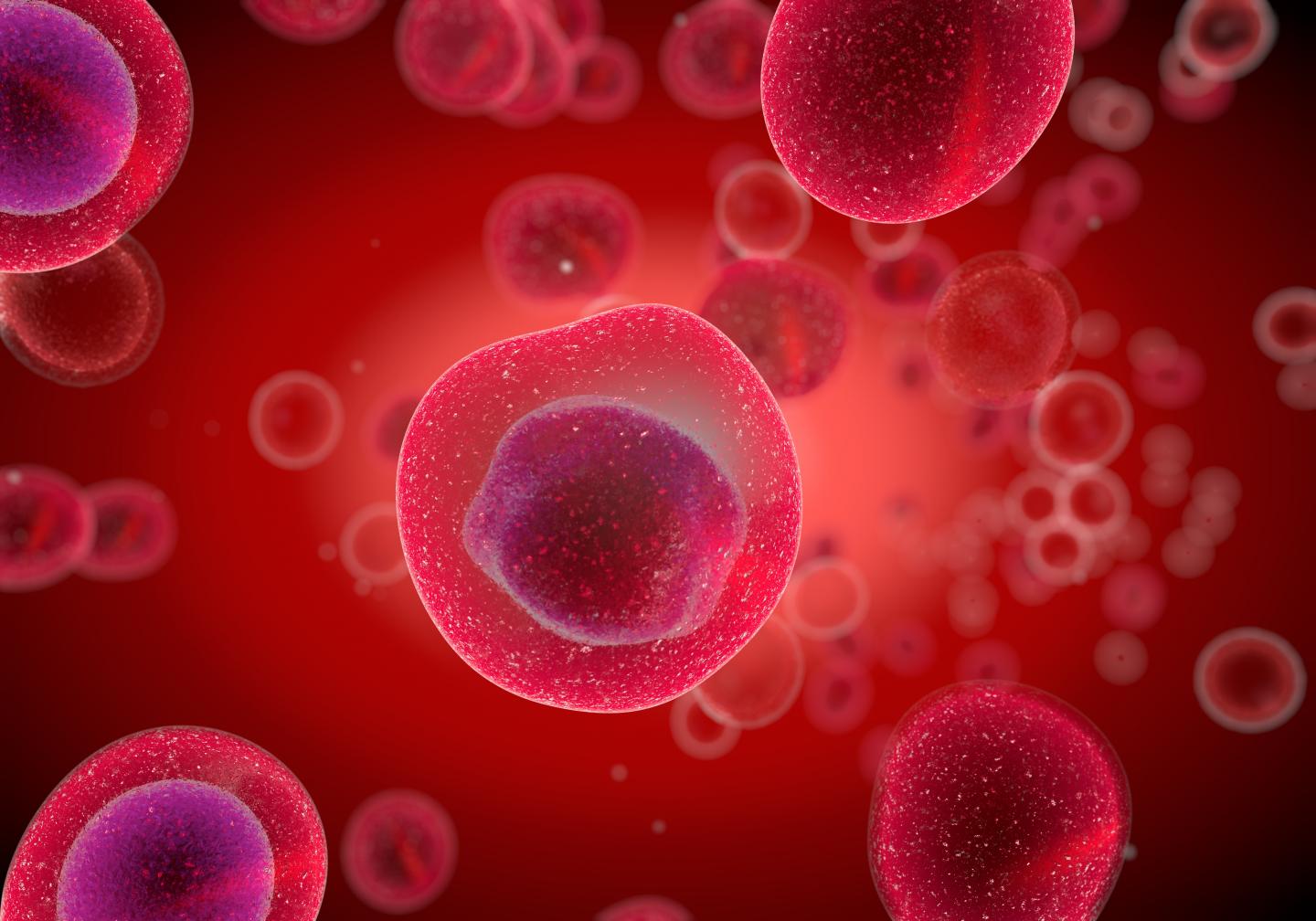
The body is a complex station that is in continuous operation morning, noon, and night. Whatever the hour, our bodies are working hard to make and maintain the various substances needed for us to operate efficiently.
Anytime a substance enters a cell it gets engulfed by some of the cell’s outer membrane and forms a sac as the result. This sac then becomes a carrier of the substance inside the cell. After this, the cell then merges with an organelle called an endosome.
Endosomes are often referred to as a kind of sorting station. From here the substance either gets recycled and churned back into the cell membrane or it gets thrown forward to the lysosome where it is broken down ready for degradation.
The general consensus is that these endosomes are maintained by a process which allows vesicles moving from the cell membrane to keep fusing into them. However, a recent study published in Communications Biology, suggests these vesicles are far more important than that and play a crucial role in both the formation and maintenance of endosomes.
“We used our research to show that endocytic vesicle internalization is not essential, but that vesicle transport from the trans-Golgi network is crucial,” states the team from the Tokyo University of Science, who is responsible for the research.

CREDIT Tokyo University of Science
The results of the study were obtained from a series of experiments which introduced either mutations or two drugs, called Brefeldin A and Monensin, into the yeast cell. At first, mutant yeast strains were used. They chose to use these strains as they contain mutations responsible for causing defects during the endocytosis process which in turn, hamper the ingestion of substances at the cell membrane.
When looking at the mutated cells, what they discovered was the protein called Rab5, which is responsible for mediating the formation of endosomes, carried on as normal, initiating and leading normal endosome formation.
The next part of the experiment involved introducing the two drugs into the yeast cell in which to try and stop the transportation of certain vesicles. In doing this they noted that endosome formation was hampered with smaller amounts of Rab5 localized on the endosomes.
After carrying out further experiments, the leader of the study, Prof Jiro Toshima, along with his group, saw that some proteins which are already present in the Golgi or are recruited there, are those responsible for activating Rab5 and the formation of endosomes.
Gathering all the information obtained from these experiments, the team concluded that endocytosis is not required for the formation of endosomes, but the movement from the Golgi is. “Our results provide a different view of endosome formation and identify the TGN as a critical location for optimal maintenance and functioning of endosomes,” says Toshima. And it is this kind of knowledge that could help in the development of better treatments for a wide range of diseases.
